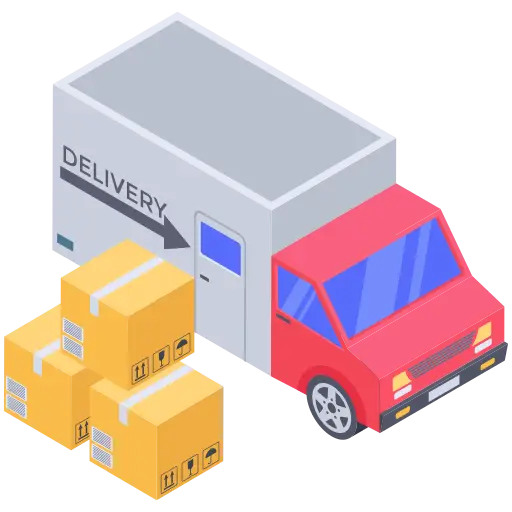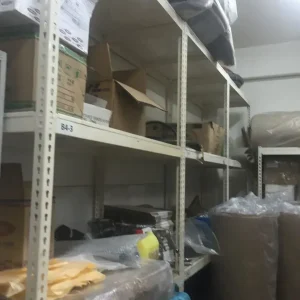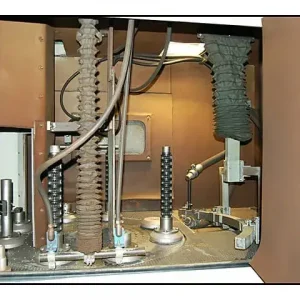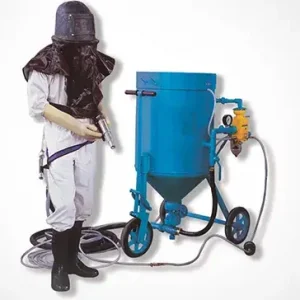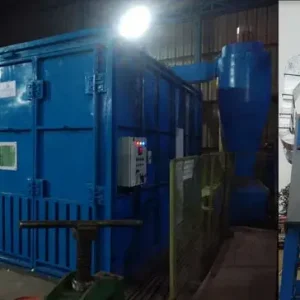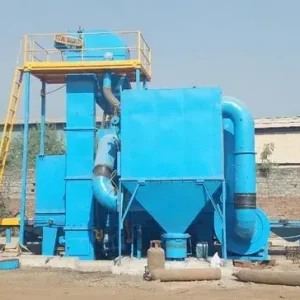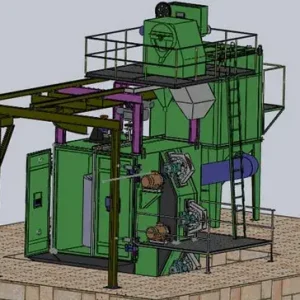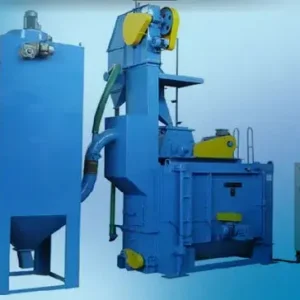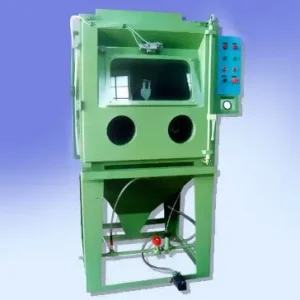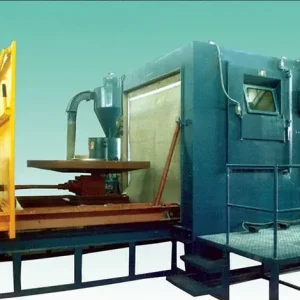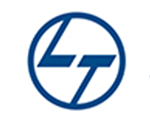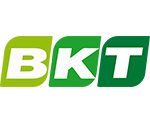Sand blasting is a powerful method used across industries for cleaning, surface preparation, and finishing. But when it comes to choosing the right process, many businesses wonder: Should we go with wet blasting or dry blasting?
At Aerowheel Surface Finishing, we often get this question from our clients. The truth is, both methods have their strengths—and the choice depends on your specific needs. Let’s break down the differences to help you decide.
🔹 What Is Dry Sand Blasting?
Dry blasting is the traditional method where abrasive media (like sand, grit, or steel shots) is propelled at high speed using compressed air.
Key Benefits:
- Highly effective for rust, scale, and old paint removal
- Creates strong surface roughness for coating adhesion
- Works faster for large, heavy-duty projects
- Widely available and cost-effective
Limitations:
- Generates a lot of dust
- Requires proper ventilation and dust collectors
- Not suitable for delicate surfaces
🔹 What Is Wet Sand Blasting?
Wet blasting mixes abrasive particles with water before propelling them onto the surface. This reduces dust and makes the process gentler.
Key Benefits:
What Makes Indian Sand Blasting Machines Globally Competitive?
A Complete Guide to Tumblast Shot Blasting Machines
Key Components and Technology of Airless Shot Blasting Machines
- Low-dust operation → safer for workers and the environment
- Ideal for delicate surfaces like wood, glass, or heritage structures
- Prevents warping or overheating of thin materials
- Provides a smoother finish compared to dry blasting
Limitations:
- Slightly slower than dry blasting
- Requires drying and rust prevention after blasting
- Equipment costs are often higher
🔹 Wet vs Dry Sand Blasting: Quick Comparison
| Feature | Dry Sand Blasting | Wet Sand Blasting |
|---|---|---|
| Dust Control | High dust | Minimal dust |
| Surface Finish | Rough, strong | Smooth, gentle |
| Speed | Faster | Slower |
| Best For | Heavy-duty steel, machinery, construction | Delicate materials, heritage, detailed work |
| Cost | Lower | Higher |
🔹 Which One Should You Choose?
- For heavy industries (construction, automotive, steel structures): Dry blasting is usually the best choice because of its speed and aggressiveness.
- For delicate restoration, sensitive materials, or indoor projects: Wet blasting is better due to its dust control and smoother finish.
Final Thoughts
There’s no one-size-fits-all answer—the right blasting method depends on your project goals. At Aerowheel Surface Finishing, we help clients choose between wet and dry blasting based on their material, environment, and end results required.
Whether you need a tough rust removal or a gentle surface restoration, we deliver the right solution with precision.

